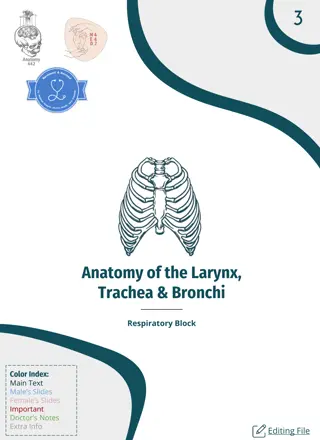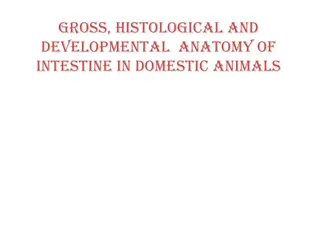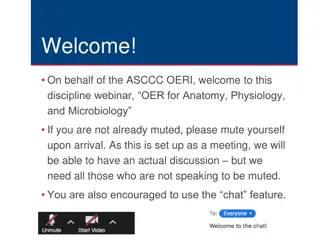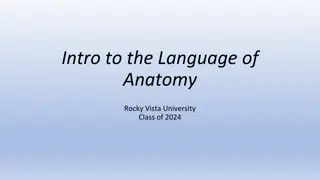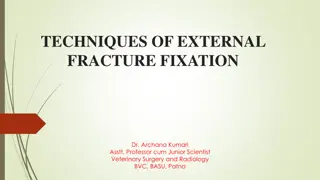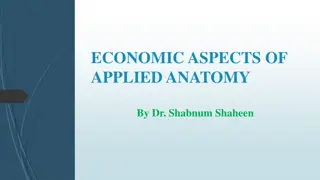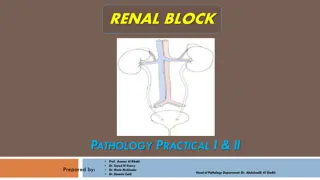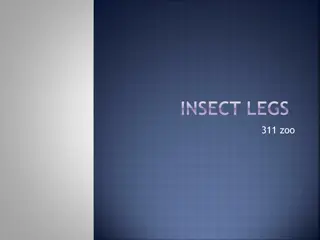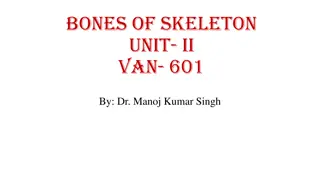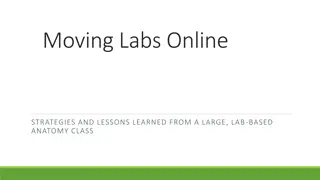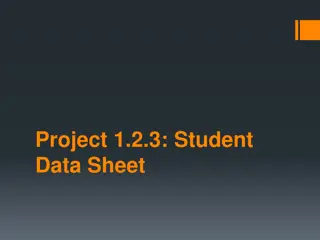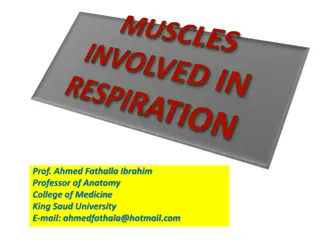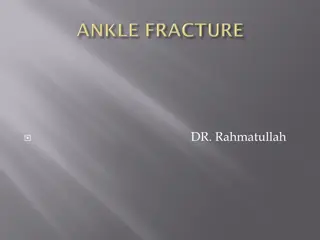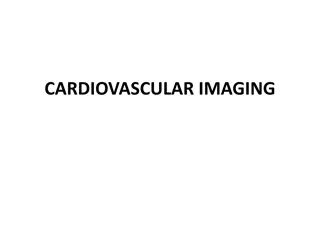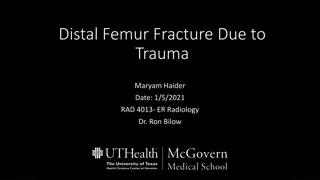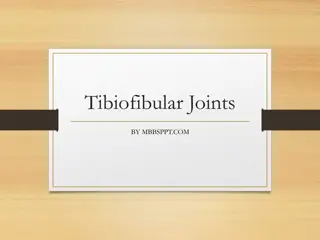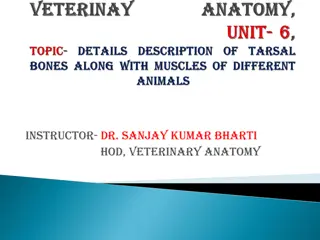Comprehensive Learning Session on Tibia Anatomy
Explore the intricate details of tibia anatomy in this educational presentation by Dr. Untika Singh from King George's Medical University. Learn to identify the tibia, understand its different parts, surfaces, and attachment points, and grasp its significance as a weight-bearing bone in the leg. Dive into the features of the tibia's upper end, including the medial and lateral condyles, intercondylar area, and tuberosity, with clear visuals and detailed explanations. Enhance your knowledge on tibia ossification and its relations with muscles, tendons, arteries, nerves, and veins.
Download Presentation

Please find below an Image/Link to download the presentation.
The content on the website is provided AS IS for your information and personal use only. It may not be sold, licensed, or shared on other websites without obtaining consent from the author.If you encounter any issues during the download, it is possible that the publisher has removed the file from their server.
You are allowed to download the files provided on this website for personal or commercial use, subject to the condition that they are used lawfully. All files are the property of their respective owners.
The content on the website is provided AS IS for your information and personal use only. It may not be sold, licensed, or shared on other websites without obtaining consent from the author.
E N D
Presentation Transcript
TIBIA TIBIA Dr. Untika Singh Junior Resident Department of Anatomy King George s Medical University, UP, Lucknow
DISCLAIMER: The presentation includes images which are taken from Google images or books. They are being used in the presentation only for educational purpose. The author of the presentation claims no personal ownership over images taken from books or Google images.
Learning Objectives By the end of this teaching session on tibia, all the students must be able to correctly:- Identify tibia. Demonstrate the different parts, borders and surfaces of tibia. Determine the side of the tibia Hold the tibia in its anatomical position. Demonstrate attachment of joint capsule ,ligaments and muscles on the tibia. Demonstrate relations of muscles tendons ,arteries, nerves and veins on the tibia . Describe ossification of the tibia.
TIBIA The tibia lies medially in the leg. Is longer then fibula. Is weight-bearing bone Homologus-radius bone of upper limb.
FEATURES A. Upper end contains- 1. Medial condyle 2. Lateral condyle 3. Intercondyler area 4. A tuberosity 1.Medial condyle-oval in shape and articulate with medial condyle of femur. Central- concave surface: direct contact with femoral condyle Peripheral-falt surface : separated from femoral condyle by meniscus. posterior surface: have a groove.
2.Lateral condyle-circular in shape and articulate with lateral condyle of femur. Central- concave surface: direct contact with femoral condyle. Peripheral-falt surface : separated from femoral condyle by meniscus. Posteroinferiorly-have fibular facet. Anterior aspect-have Gerdy s tubercle.
3.Intercondyler area-narrowest in middle. This part elevated to form intercondyler eminence. Superior View
4.Tuberosity of tibia- Location: anterior aspect of upper end Divided upper smooth and lower rough area and epiphyseal line passes through its junction.
SHAFT Borders and its shape Extend of Borders Above -tibial tuberosity. Below- anterior border of medial malleolus. Above- Medial condyle Below posterior border of medial malleolus below. Above- A little below and in-front of fibular facet. Below-anterior border of fibular notch. 1.Anterior border: Sharp, S shaped, subcutaneous form the shin. 2.Medial border: is rounded 3.Interosseous/lateral border
SURFACES 1.Lateral surface: lies between anterior and interosseous borders. upper3/4th-concave,directed laterally. lower1/4th-directed forward. 2.Medial surface: lies between anterior and medial borders and is subcutaneous. 3.Posterior surface: lies between medial and interosseous borders and upper part crossed by Soleal line. Above soleal line-triangular area. Below soleal line elongated area;divided by vertical ridge into medial and lateral area
Lower end 1. anterior surface-have upper smooth part and lower rough, grooved part 2. medial surface-subcutaneous. 3.lateral surface-have triangular fibular notch (articulate with fibula to form inferior tibiofibular joint). 4.Inferior surface-articulate with superior trochlear surface of talus (ankle joint). 5.Posterior surface. Medial malleolus- short, strong process and sub-cutaneus.
Side determination:- large expanded (condyler sufaces) upper end faces upward Medial malleolus- on medial side Anterior border(sharp,s shaped)-faces anteriorly. Anatomical position:- Tibia is held vertically.
ATTACHMENTS Surfaces & Borders of TIBIA Muscles and Ligaments Attachments Medial condyle Capsular ligament of knee, medial patellar retinaculum semimembranosus. Lateral condyle Iliotibial tract, capsular ligament, tendon of popliteus. Intercondyler area Anterior horn of medial meniscus, anterior cruciate ligament, anterior horn of lateral meniscus, Posterior horn of medial meniscus, posterior horn of lateral meniscus posterior cruciate ligament,
Surfaces,borders of tibia Muscles and ligaments Tibial tuberosity Ligamentum patellae:upper smooth part Subcutaneous :lower rough part. Lateral surface Tibialis anterior Medial surface Sartorious, Gracilis, Semitendinosus, tibial collateral ligament Soleal line Soleus muscle and fascia,fascia covering the popliteus
Surfaces and borders of tibia Muscles and ligaments Posterior surface Popliteus, Flexor digitorum longus , Tibialis posterior Anterior border Deep fascia of leg, Superior extensor retinaculum Fibular notch Rough upper part-interrosseous ligament Lower end Capsular ligament of the ankle joint, Deltoid ligament
Relations of tibia Lower part of Anterior surface of shaft and anterior surface of lower end(medial to lateral) crossed by: tibialis anterior, extensor hallucis longus ,anterior tibial artery, deep peroneal nerve, extensor digitorum longus and peroneus tertius. Lower part of posterior surface of shaft and posterior surface of lower end(medial to lateral) crossed by: tibialis posterior, flexor digitorum longus ,posterior tibial artery, tibial nerve, and flexor hallucis longus. Lower 1/3rd of medial surface of the shaft is crossed by: great sephenous vein
OSSIFICATION One primary and two secondary centers. Primary centre ( in shaft) 7th week of intrauterine life 1st Secondary centre (upper end) apper apper at end of nine month(just before birth) fuses with shaft at 16-18 yrs. 2nd secondary centre (lower end)-apper at1st yrs of life it form medial malleolus by 7th yrsand fuses with shaft at 15-17 yrs.
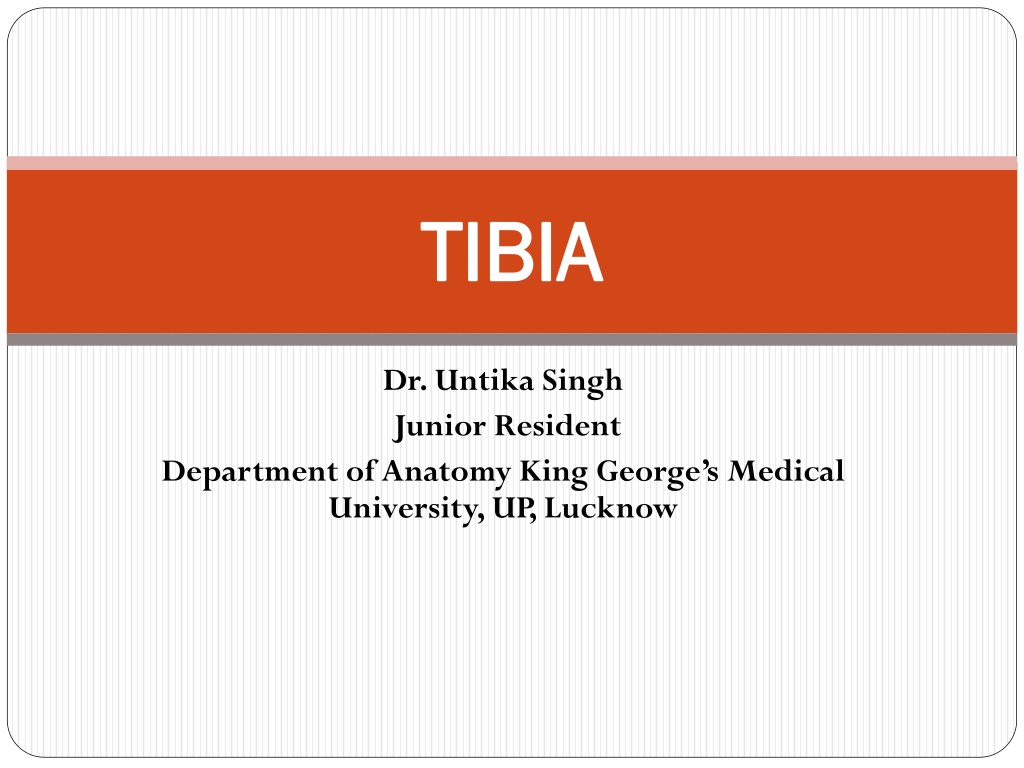
 undefined
undefined








